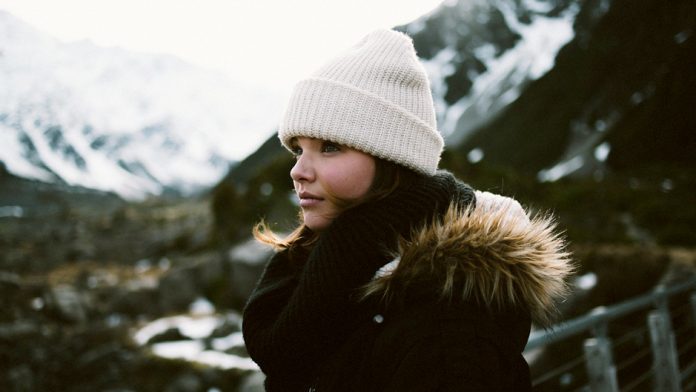With obesity and excess weight on the rise, it is becoming increasingly clear that there is more to weight loss than the simple formula of eating less and exercising more. Some factors are completely beyond our own personal control: the field of epigenetics has shown that even the eating habits of our parents impacts our tendency to gain excess weight.
So when Dr. Shingo Kajimura at the University of California, San Francisco uncovered an entirely new tissue system in adult humans that no one previously knew existed, he found an unlikely ally in the fight against obesity: fat cells.
How can we fight fat with fat?
There are two types of fat: white fat cells store energy in one large oily droplet that is relatively inactive, whereas brown fat has many smaller droplets that can more easily be burned as fuel by iron-rich and chestnut-coloured mitochondria, the cell organelles responsible for producing energy.
Brown fat’s role in the body is to produce heat, like a furnace. Human newborns have lots of this heat-generating fat in their necks and shoulders to help them keep warm, because their muscles are not yet coordinated to help them shiver for warmth. Hibernating animals also have brown fat to help them live through cold winters with little physical activity.
Until recently, scientists thought that as children developed, their brown fat would disappear long before adulthood. In 2009, Dr. Kajimura’s discovery of ~50-60 grams of brown fat in healthy adults, usually around the neck, collarbones, and spine, raised the possibility of fighting obesity and other chronic diseases using fat.
Although the levels of metabolic activity in these cells are modest (estimated at about four Timbits a day), over extended periods of time, this can still add up. More importantly, the main trouble with weight loss is maintaining a healthy weight in the long term. Encouraging brown fat activity may help stabilize a healthy weight.
Go ahead, embrace winter
Denis Blondin, post-doctoral fellow in thermal physiology at the University of Ottawa, is studying the effects of long term cold exposure on adults using cooling suits. He is looking for beneficial therapeutic impact from being in the cold, and also notes that passively being in a cold environment promotes increased energy use, up to 500 calories per hour.
Researchers from Japan took this one step further, exposing volunteers to a cold room (17 °C) for two hours a day. At the beginning of the study, participants burned 108 extra calories in the cold compared with standard indoor temperatures. By contrast, after six weeks, the volunteers were burning an extra 289 calories in the cold. Medical imaging showed that deposits of white fat had increased metabolic activity, which they called conversion to beige fat.
Meanwhile, Dr. Michael Rudnicki, professor of medicine at the University of Ottawa, has been targeting muscle stem cells for conversion into brown fat. His work has isolated a particular part of a gene that, once removed, triggers this conversion: a nucleic acid sequence called microRNA-133. However, no fancy gene modification techniques were necessary: cold exposure induced shivering that gave the same result.
Dr. Gregory Steinberg, professor of medicine at McMaster University, is also looking at how hormones can act as a trigger. Obesity is associated with elevated levels of serotonin in the body; serotonin is also associated with regulating mood, but periphery serotonin, which acts on the body, is completely separate from the serotonin pool that acts on the brain. In mice, Steinberg has found that reducing production of periphery serotonin switches on their brown fat, resulting in protection from obesity, fatty liver disease, and diabetes.
Don’t give up your healthy eating and activity just yet
Any therapies that might arise from research in brown fat are likely to be just one piece of the puzzle: healthy eating and exercise will still play a major role, and trying to live without central heating is impractical, and even dangerous in the extreme cold. But the next time you curse the cold winter weather as you bundle up to step out the door, think about your hard-working brown fat cells, keeping you warm and helping you burn off that extra Timbit.








































